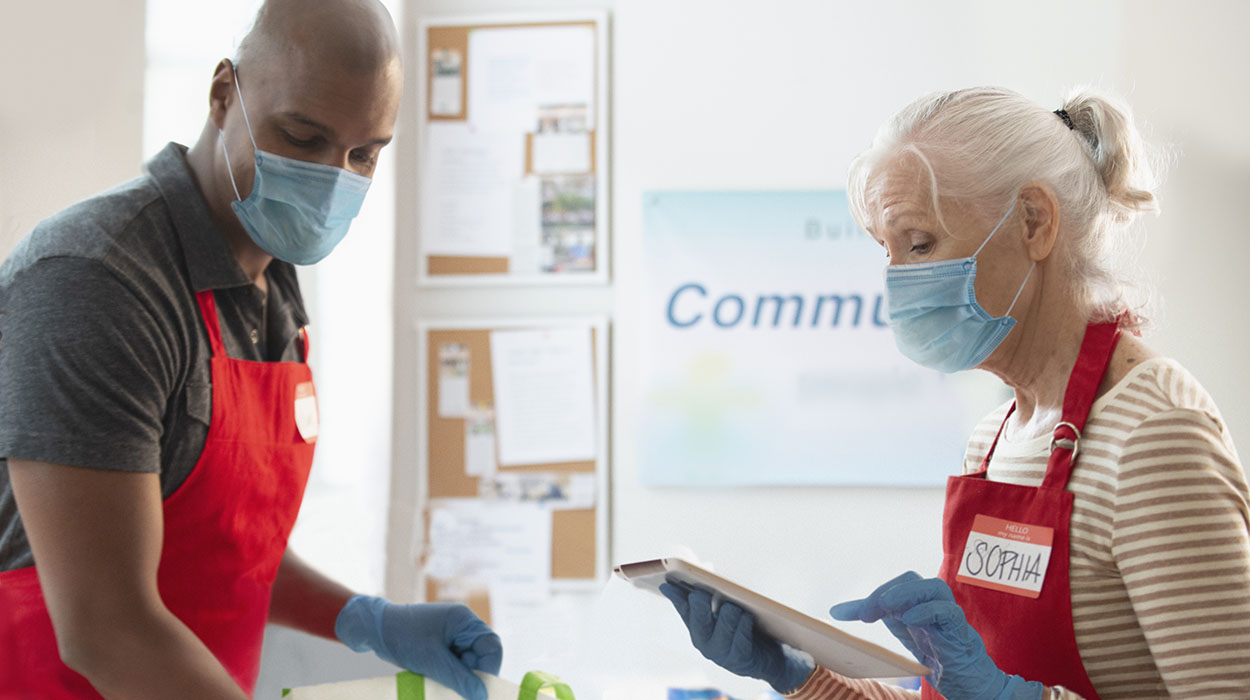Continuing Critical Services During COVID-19 Pandemic
The community health services we fund have never been needed more. After the COVID-19 pandemic hit, community service agencies saw exponential increases in demand for food and housing support – for example, West Valley Community Services reported a 500% increase. At the same time, the Centers for Disease Control (CDC) reported increases in anxiety, depression, substance abuse and suicidal thoughts, with 40 percent of individuals in a June 2020 survey reporting adverse mental health conditions. Here is how we and our grant partners rose to the challenge.
How We Responded
Soon after shelter-in-place began, the El Camino Healthcare District and El Camino Hospital community benefit programs provided a combined $240,000 in emergency funds to grant partners in April and May 2020. See the 16 agencies and services supported through this emergency funding, including food, shelter, access to primary care and mental health services, services for those who are homeless and at risk of homelessness, telehealth and personal protective equipment (PPE) for frontline workers.
How Our Community Benefit Partners Adapted
Our 97 community benefit partners also sprang into action. They rapidly pivoted to offer virtual services, telehealth and services complying with social distancing guidelines while constantly adapting to evolving needs of their patients and program participants. These are a few examples of our partners’ tremendous efforts to support already vulnerable community members during the COVID-19 pandemic:
- Safety net clinic partners pivoted to telehealth and provided equipment to patients with chronic diseases, such as blood pressure monitors for those with hypertension.
- School-based programs we fund at 222 schools in 22 districts reached students, families and teachers at home through virtual mental health counseling, online physical activity and mindfulness classes, and school nurses followed up with children who are medically fragile and developed COVID-19 safety protocols.
- Chronic disease prevention and management programs offered virtual classes in multiple languages to reach larger audiences.
- Community services agencies delivered food pantry resources to doorsteps and offered drive-by pick-up services.
- Nutrition education and food access programs delivered produce boxes to affordable housing communities, seniors and other community members at-risk, and conducted virtual classes.
- Programs working with those who are homeless or at-risk worked tirelessly to continue behavioral health services, case management and virtual support groups, and to maintain essential services for people without phones or mobile devices.
Read more about our partners and see our FY 2020 Financial Report showing our total community benefit investment of $72.7 million.
and Virtual Services
and Basic Needs
